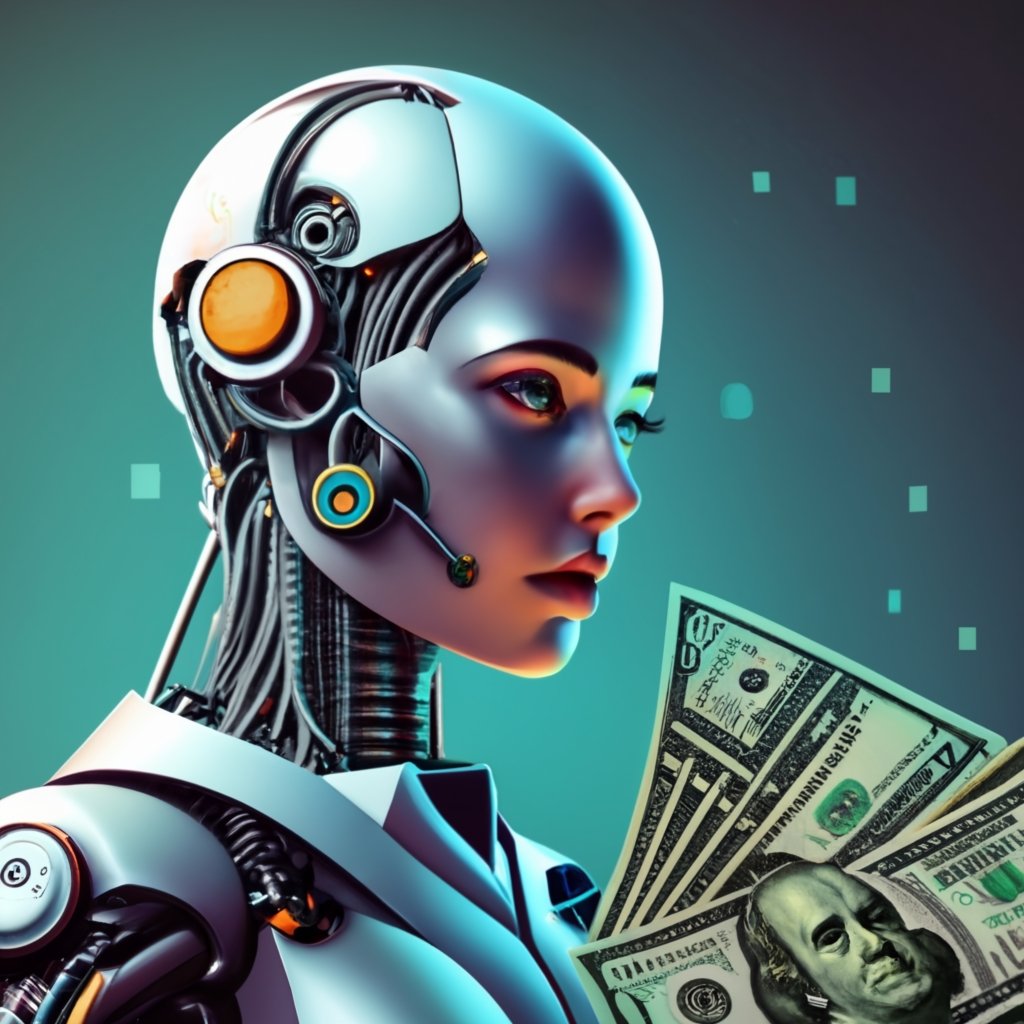
In recent years, generative AI has emerged as a revolutionary technology that holds immense potential to shape the future of various industries. This transformative field of artificial intelligence, which focuses on creating new content, ideas, and solutions, has not only captured the attention of researchers, but also investors looking to fund groundbreaking innovations. In this article, we will delve into the economic impact of generative AI and explore where the money is being allocated to drive innovation and growth.
One key area where investments in generative AI have been directed is research. Numerous organizations and academic institutions are heavily investing in research and development to push the boundaries of this technology. These investments aim to enhance the capabilities of generative AI models, improve the quality of generated content, and tackle complex challenges in areas such as natural language processing, computer vision, and creativity. By allocating funds to research, stakeholders are not only driving innovation within the field, but also stimulating economic growth as advancements in generative AI lead to new applications and opportunities.
Another aspect that draws substantial investments in generative AI is talent acquisition. As the demand for skilled professionals in this field continues to rise, organizations are investing significant resources to attract and retain top talent. This includes offering competitive salaries, providing training programs, and fostering a supportive and collaborative environment. By building a strong team of experts, organizations can harness the full potential of generative AI, leading to the creation of innovative solutions and driving economic growth.
Infrastructure is also a crucial area where investments in generative AI are being made. As the computational requirements of generative AI models are high, organizations are investing in advanced hardware and software infrastructure to support the development and deployment of these models. This includes powerful GPUs, cloud computing resources, and specialized frameworks and libraries. By investing in infrastructure, organizations can create a solid foundation for the efficient execution of generative AI algorithms, leading to improved performance and increased productivity.
Furthermore, commercial applications of generative AI have proven to be lucrative investments. Startups and established companies are exploring ways to leverage generative AI to enhance their products, services, and customer experiences. This includes applications ranging from art and design, content creation, data synthesis, and even drug discovery. By incorporating generative AI into their businesses, organizations can gain a competitive edge, increase efficiency, and tap into new markets, resulting in economic growth and potential returns on investment.
The economic impact of generative AI goes beyond direct investments in research, talent acquisition, infrastructure, and commercial applications. It also has a ripple effect on other industries and sectors. For example, advancements in generative AI can lead to the development of new tools and technologies, spurring growth in supporting industries such as software development, hardware manufacturing, and data analytics. Additionally, generative AI has the potential to drive job creation as new roles and opportunities emerge in the field.
In conclusion, investing in generative AI holds tremendous economic potential. By allocating resources to research, talent acquisition, infrastructure, and commercial applications, stakeholders are driving innovation, creating new opportunities, and contributing to the overall economic landscape. As generative AI continues to evolve and mature, it is crucial for organizations, governments, and investors to recognize its transformative power and actively invest in its future. By doing so, we can harness the economic impact of generative AI and pave the way for a more innovative and prosperous future.